Cause of death heart attack Role Film actor | Name Laird Cregar Years active 1938–44 | |
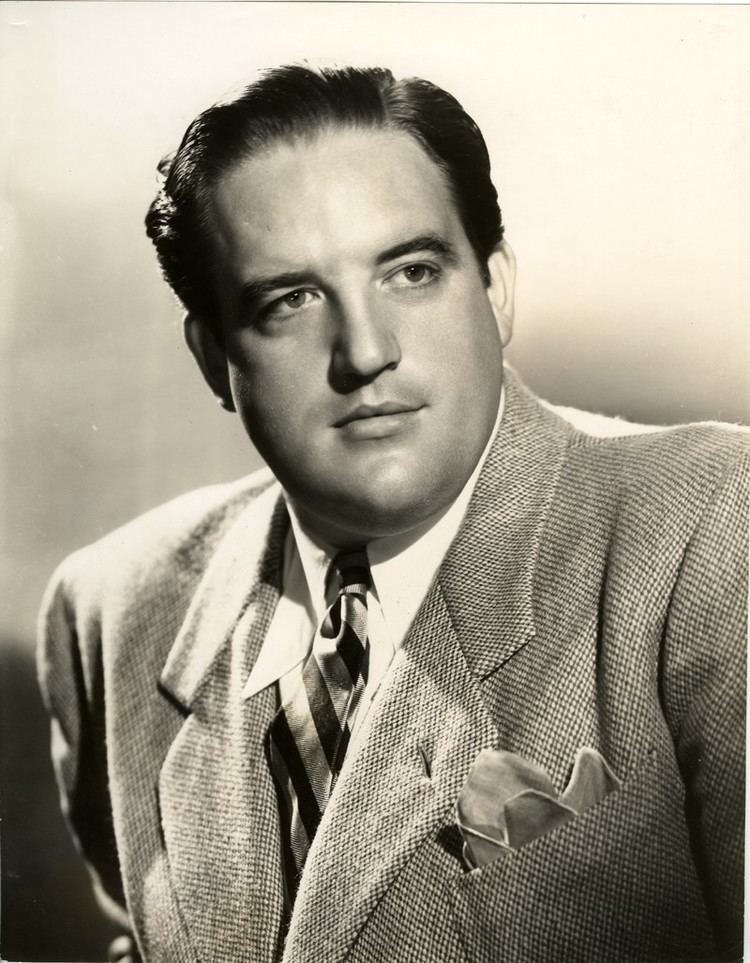 | ||
Full Name Samuel Laird Cregar Movies Hangover Square, The Lodger, The Black Swan, This Gun for Hire, I Wake Up Screaming Similar People John Brahm, Frank Tuttle, H Bruce Humberstone, Henry King, Rouben Mamoulian | ||
Hangover square laird cregar linda darnell
Samuel Laird Cregar (July 28, 1913 – December 9, 1944) was an American stage and film actor. Cregar was best known for his villainous performances in films such as I Wake Up Screaming and The Lodger.
Contents
- Hangover square laird cregar linda darnell
- STEVE HAYES Tired Old Queen at the Movies THE LODGER HANGOVER SQUARE
- Early life
- Career
- Stardom
- Death
- Select theatre credits
- References
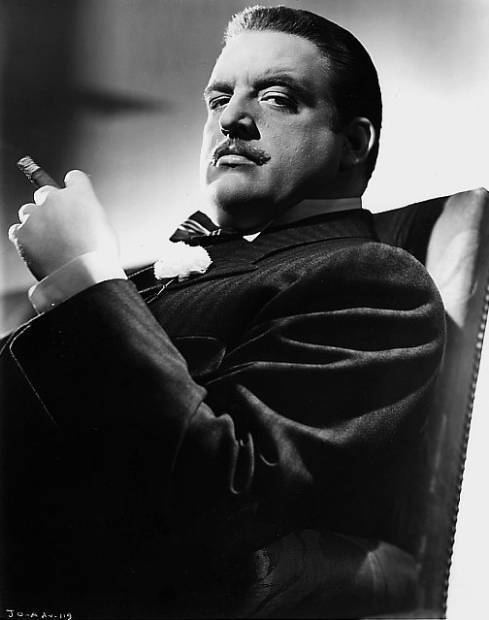
Cregar's screen career began in 1940 working as an extra in films. By 1941, he had signed a film contract with 20th Century Fox. Cregar quickly rose to stardom, appearing in a variety of genres from screwball comedy to horror. He was a popular actor until his death in 1944 at the age of 31.
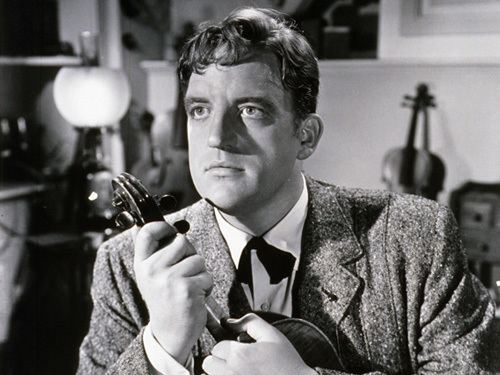
STEVE HAYES: Tired Old Queen at the Movies - THE LODGER & HANGOVER SQUARE
Early life
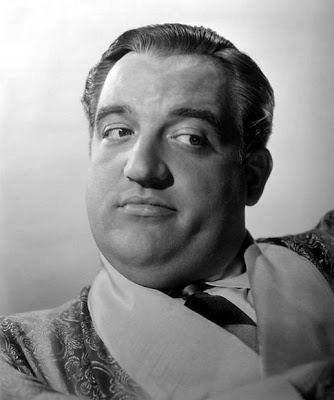
Cregar was born in Philadelphia, the youngest of six sons of Edward Matthews Cregar, a cricketer and member of a team called the Gentlemen of Philadelphia. They toured internationally in the late 1890s and early 1900s. Laird's mother was the former Elizabeth Smith.
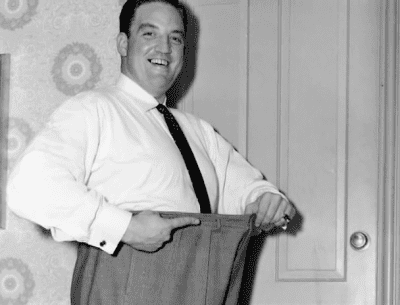
When Cregar was eight he was sent to England to be educated at Winchester College, where he developed his abilities with British accents. He first appeared on stage when he was eight, when he played a page boy with the Stratford-upon-Avon theatrical troupe, and he acted in several other productions at Stratford. "From that time on, all I've ever wanted to do is go on stage", he said later.
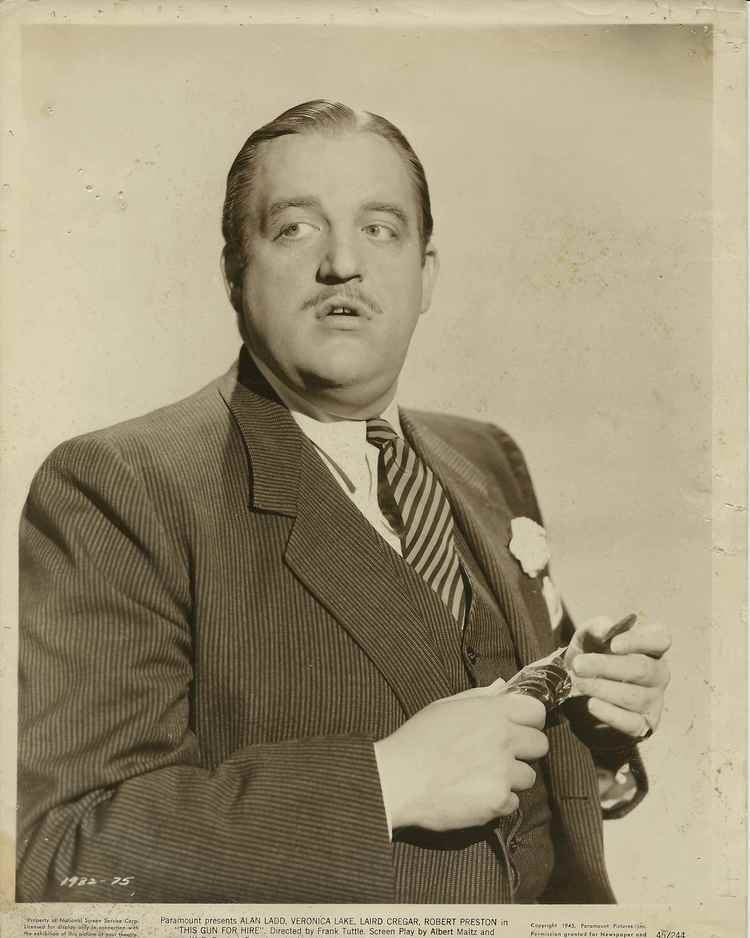
Cregar's father died and his family returned to the US. He graduated from the Episcopal Academy in Philadelphia when he was 14. He wanted to act and decided he was too young to go to college, so he convinced the Hedgerow Players, an amateur company in Germantown, Pennsylvania, that he was an actor, and he spent several years with them. He also acted with other stock companies in Philadelphia and wrote some plays which were performed by amateur groups.
In 1936, Cregar won a scholarship to California's Pasadena Playhouse. He spent two years there, acting and studying; he said Thomas Browne Henry of the Playhouse told him "not to lose a pound of weight, but instead to develop a thin man's personality." He returned to Pennsylvania to appear in Federal Theatre projects. He went back to the Pasadena Playhouse for some months, then made his professional debut with the West Coast production of The Great American Family. When that ended he was unable to find a job for six months, and was forced to sleep in a friend's car in their garden.
Career
Cregar read a copy of the play Oscar Wilde by Leslie and Sewell Stokes, which had been a great triumph for Robert Morley. Cregar felt the lead role would be ideal for him and pitched the project to a number of producers; it was eventually picked up by Arthur Hutchinson, who mounted the play in Los Angeles in April 1940 with Cregar. The production was a triumph for Cregar, the Los Angeles Times saying he "scored a sensational success." John Barrymore saw him and said he was one of the most gifted young stage actors in the past ten years.
Cregar's performance immediately attracted the interest of Hollywood studios: Cregar was tested for the second lead in The Letter and made screen tests for MGM and Paramount. The producer and director of Oscar Wilde were reported as preparing an independent company to star Cregar in The Life of Mohammed. He was then tested by 20th Century Fox, who considered him as a replacement for Tyrone Power in a film called The Great Commandment.
Cregar performed Oscar Wilde in San Francisco then eventually signed with 20th Century Fox. They announced him for The Californian, which was not made, but Cregar was then cast in the big-budget historical movie Hudson's Bay (1941), opposite Paul Muni. He followed this up supporting Tyrone Power in Blood and Sand (also 1941), although he came down with measles during production, forcing filming to shut down for a week. Cregar made a major impression in both films – the latter in particular was a big success.
He was then cast as the middle-aged Francis Chesney (at the age of only 28) in Charley's Aunt (1941), the first of several showcases for the actor's delightful comic flair. After his sinister portrayal of the psychopathic detective in I Wake Up Screaming (also 1941), he was borrowed for RKO to make Joan of Paris (1942). Cregar briefly returned to the stage to appear in the title role of The Man Who Came to Dinner (1942); it was at the El Capitan, the site of his Oscar Wilde triumph, and was well received. Paramount borrowed him for This Gun for Hire (1942), a film noir. Cregar played the film's antagonist, Willard Gates, opposite Veronica Lake and Alan Ladd.
He followed that up with the successful screwball comedy Rings on Her Fingers (1942) playing a con artist opposite Gene Tierney, then back to villainy with Ten Gentlemen from West Point (also 1942).
Cregar had become one of filmdom's top "heavies" — both figuratively and literally. Seldom weighing less than 300 pounds (136 kg) throughout his adult life, Cregar became obsessed with his weight. Nonetheless John Chapman predicted he would become one of the "stars of 1942".
In 1943, David Bacon, a young actor with whom Cregar had been having an affair, was knifed to death, according to accounts in the press, which also published pictures of Cregar, calling him "such a good friend" of the victim. This prompted studio executive Darryl F. Zanuck to arrange for an article in Silver Screen magazine to link Cregar romantically with Dorothy McGuire, among others, and to report that, despite his weight, the actor was considered sexy by many women.
Stardom
In March 1943, Fox announced plans to cast Cregar in the starring role in The Lodger (1944), as a character who may or may not be Jack the Ripper. Cregar began crash dieting to lose weight, desiring to give the character a "romantic veneer".
The film was a big hit, but the increasingly sensitive Cregar was growing tired of being thought of as merely a hulking villain. He was announced to play Javert in a production of Les Misérables, but this was postponed, and Fox wanted him to play demented pianist George Bone in Hangover Square (1945). Cregar refused the role, was put on suspension, then changed his mind. Fame soon brought radio roles on Lux Radio Theater in 1943 and a guest spot on The Eddie Cantor Show in April 1944.
Death
The crash diet that Cregar followed for his role in The Lodger (which included prescribed amphetamines) placed a strain on his system, resulting in severe abdominal problems. He underwent surgery in December 1944. It was intended that Cregar's next film would be Les Misérables, directed by John Brahm, and Billy Rose wanted to star him on Broadway in Henry VIII. A few days after surgery, Cregar had a heart attack and was rushed to the hospital. He rallied briefly when put in an oxygen tent, but died on December 9, aged 31 years. His mother was at his bedside. Hangover Square was released two months after his death.
The funeral was held on December 13, 1944. Vincent Price, Cregar's co-star in his first film Hudson's Bay (1941), delivered the eulogy. Cregar is interred in Eventide Section, lot 37, space 2 at Forest Lawn Memorial Park in Glendale, California. His estate was valued at $10,000.
On February 8, 1960, Cregar received a star on the Hollywood Walk of Fame for his contributions to the motion pictures industry, at 1716 Vine Street.
Select theatre credits
Cregar also reportedly wrote a number of plays.
